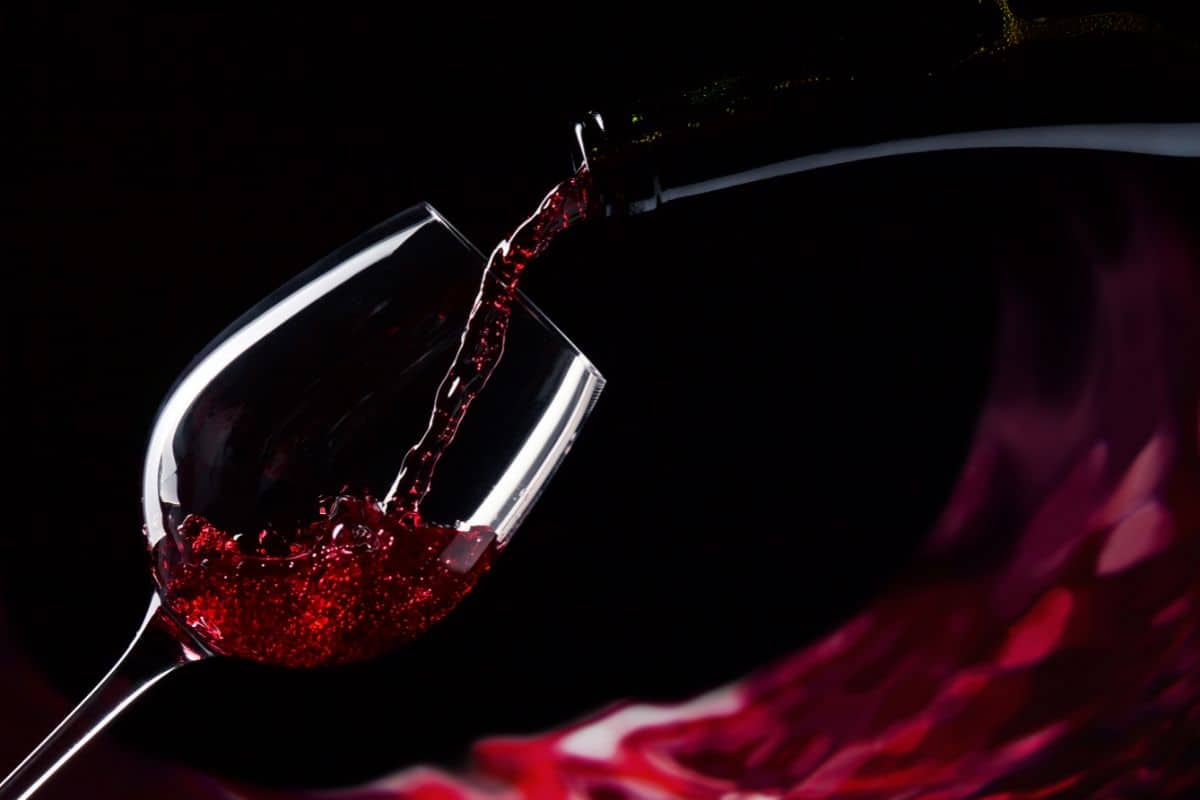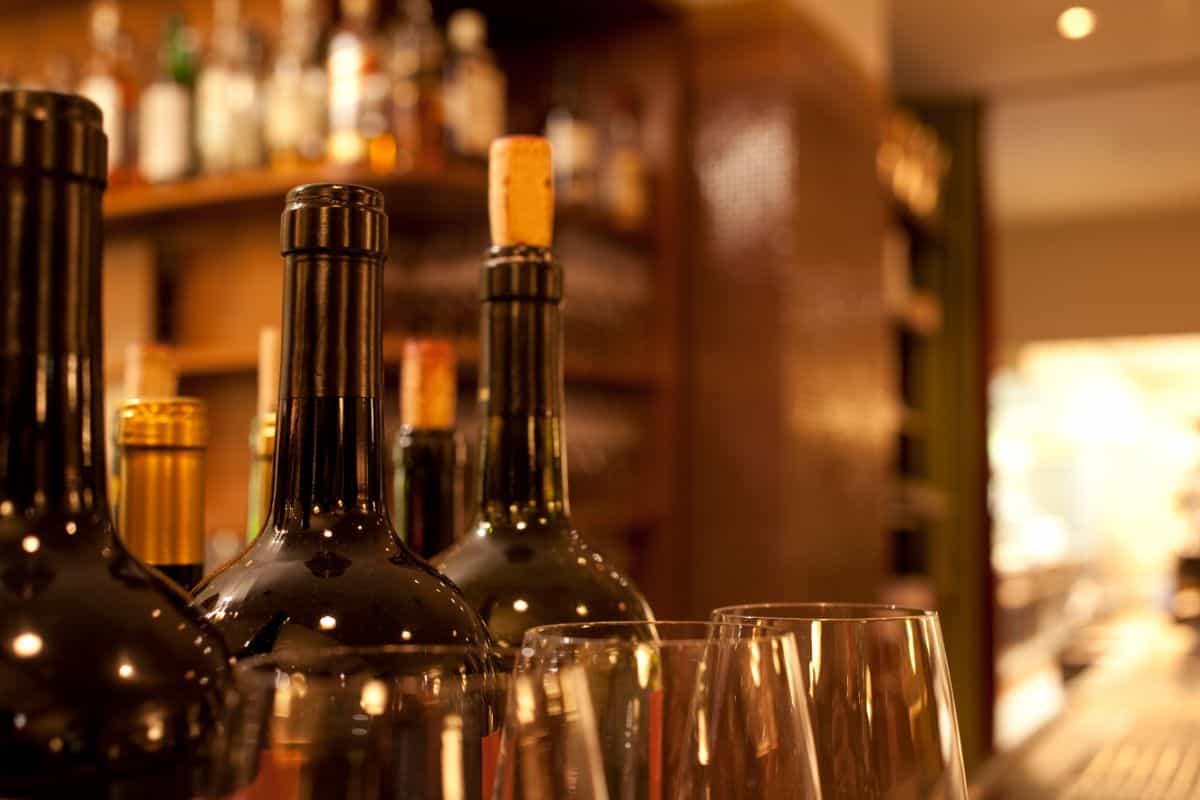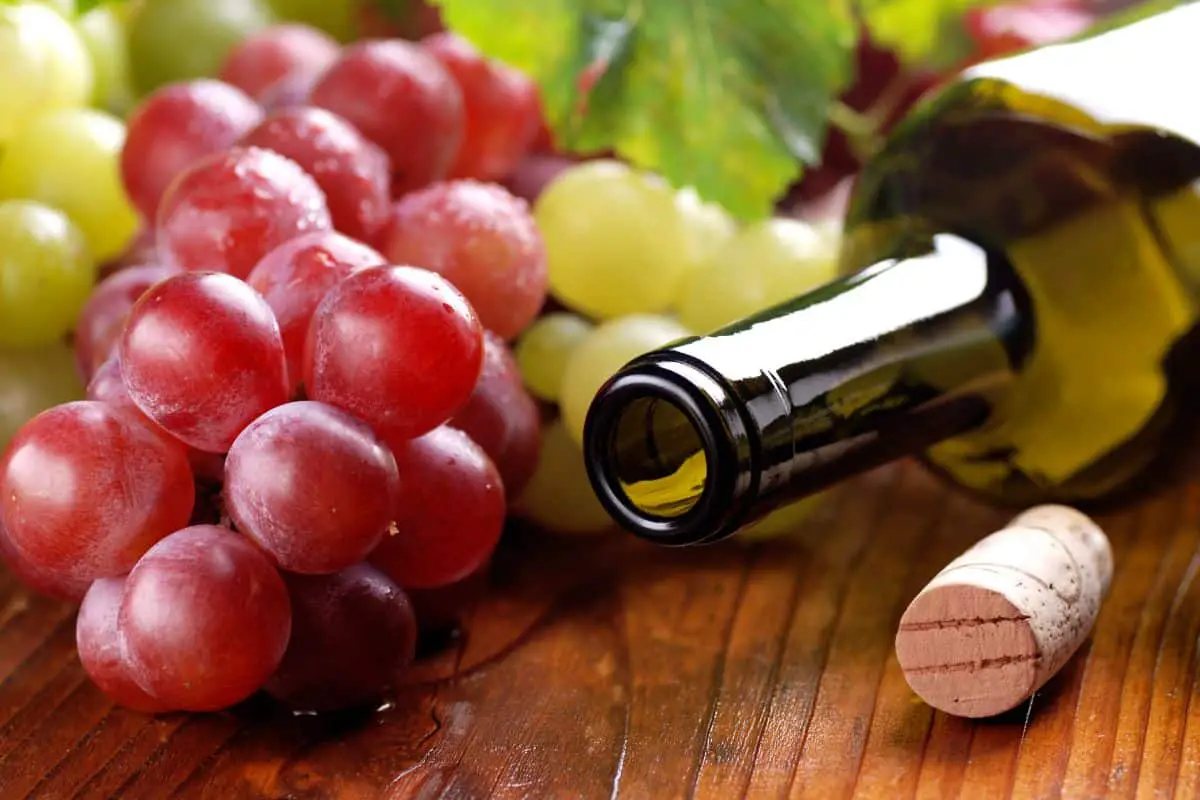With us fast approaching the prime time for summer parties, wine is one of those luxuries that caps off the perfect barbecue party. There’s nothing quite like a refreshing glass of Sauvignon Blanc or Chardonnay to cap off a sunny evening.
And, as with all wine, we have to thank the vineyards and wineries that put so much time and effort into making these delicious bottles for us.
The amount of time, care, and effort that goes into each bottle, even in the lowest quality bottles, cannot be overstated.
However, when we start to think of how much work goes into making just a single bottle of wine, many other questions start to rear their heads.
Questions about the process as a whole, or, in this case, how many grapes exactly go into making a bottle of wine for our tables.
Well, this article is here to help answer some of those questions!
In this guide that we have compiled, we are going to take a look at some of the steps that grapes take to be turned into the wine that we love so much, as well as how many of them go into a bottle, along with some of the extra factors that can affect the exact number.
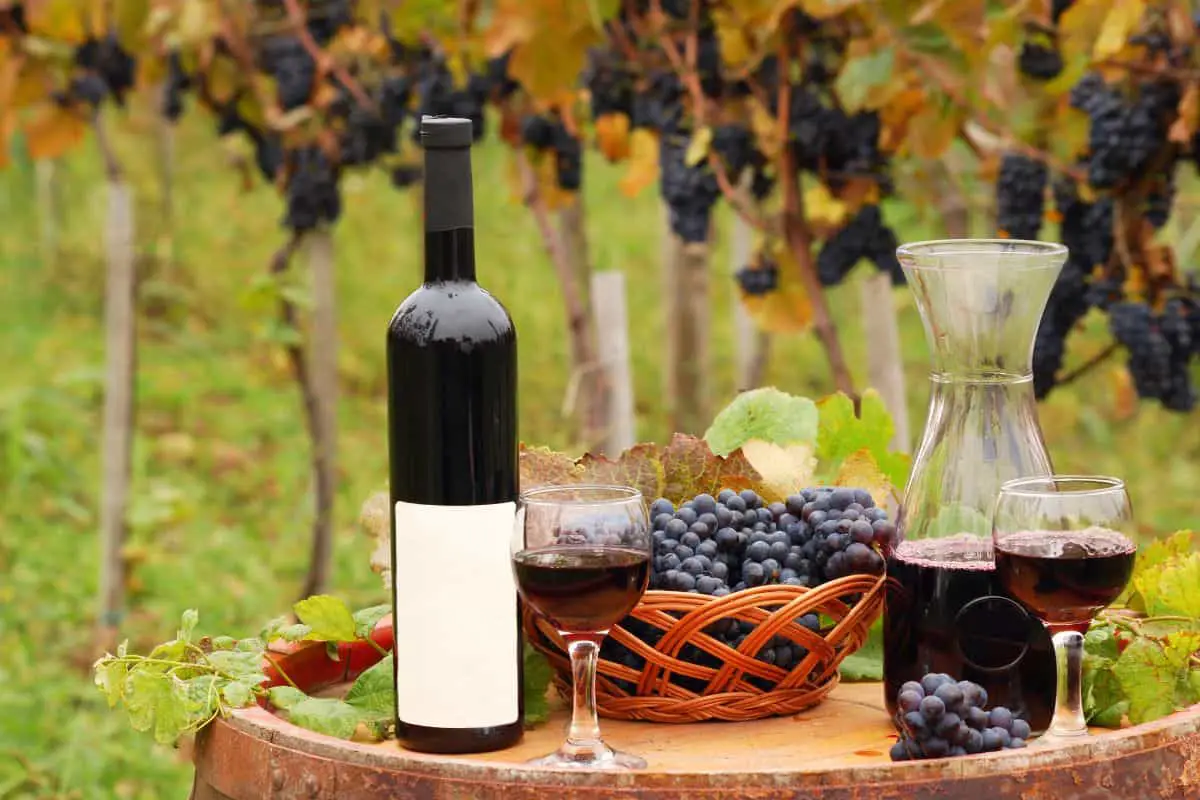
The Wine-Making Process
Before we go any further in discussing the grapes-to-wine-bottle ratio that we mentioned before, we’re going to go over the main steps that are involved in making wine.
Harvesting Of Wine Grapes
Firstly, when it comes to making the wine, the grapes have to be harvested first, unsurprisingly.
From that point on, the exact nature of the grape and how it will affect the final wine product are determined. The texture, the acidity, the sweetness, pretty much everything is decided on when a grape is harvested for winemaking.
Pressing And Crushing Wine Grapes
Once the grapes have been gathered, they have to be de-stemmed from their vines and crushed.
This can be done by machines, especially today, many wineries still use the traditional method of stomping on the grapes in the ‘must’. This ‘must’ still contains pretty much everything, from the grape juice to the seeds, to the skins of the grapes
If the winery is making white wine, the ‘must’ will be pressed for longer to make sure that the wine’s juices and the rest of the grape’s contents have been separated to make sure that the contents don’t affect the crispness of the white wine’s flavor.
In red wine, it is the extra contents that give it its distinct character, so they mixed for longer.
Fermenting
Once the grapes are pressed, fermenting can finally begin.
Depending on the winery and type of wine being made, this can vary between 6 to12 hours, depending on the yeast content in the wine and the air, and continues until the sugar of the grapes has been converted into alcohol by the yeast.
Clarifying The Wine
With the wine fermented, the solids that are left in the wine can be removed, such as the proteins and dead yeast cells that remain in the wine.
Bottling and Aging
After the clarification, all that’s left is to age the wine to the amount that the winery desires and bottle it up.
Aging wine can be done either in traditional wooden barrels or in stainless steel barrels.
Many older wineries prefer using barrels, as it helps round out the flavors of the wine with the oak used. Stainless steel tanks however allow the wine to retain its flavors better, and both methods have merit.
How Many Grapes In A Wine Bottle?
So, now that we have gone through the process that wines go through before coming to our shelves and tables, we start to have a little more appreciation for the work and care that goes into them.
Now, we can move on to the main question that many readers probably clicked here for: How many grapes are usually in a bottle of wine?
Generally speaking, most wine bottles usually contain somewhere between 600-800 grapes worth of juice and alcohol per bottle that is sold.
Given that a cluster of wine grapes can hold around 40 grapes in a single collection, this usually means that the number of grape clusters benign used sits around 15 to 20 clusters in total.
Generally speaking, 10 clusters are usually considered to be the bare minimum that you would expect to find a decent bottle of wine.
Factors That Effect How Many Grapes Go Into A Wine Bottle
So, we have established a rough ballpark as to how many grapes go into a wine bottle. But several factors will affect the exact number that goes into a bottle.
Variety Of Grape Used
Specific types of grapes are often used for certain wines, such as Pinot Gris and Chardonnay.
These grape varieties will grow to different ideal amounts of full and plumpness, as well as have different amounts of grapes on their clusters too, which will affect the final number per bottle.
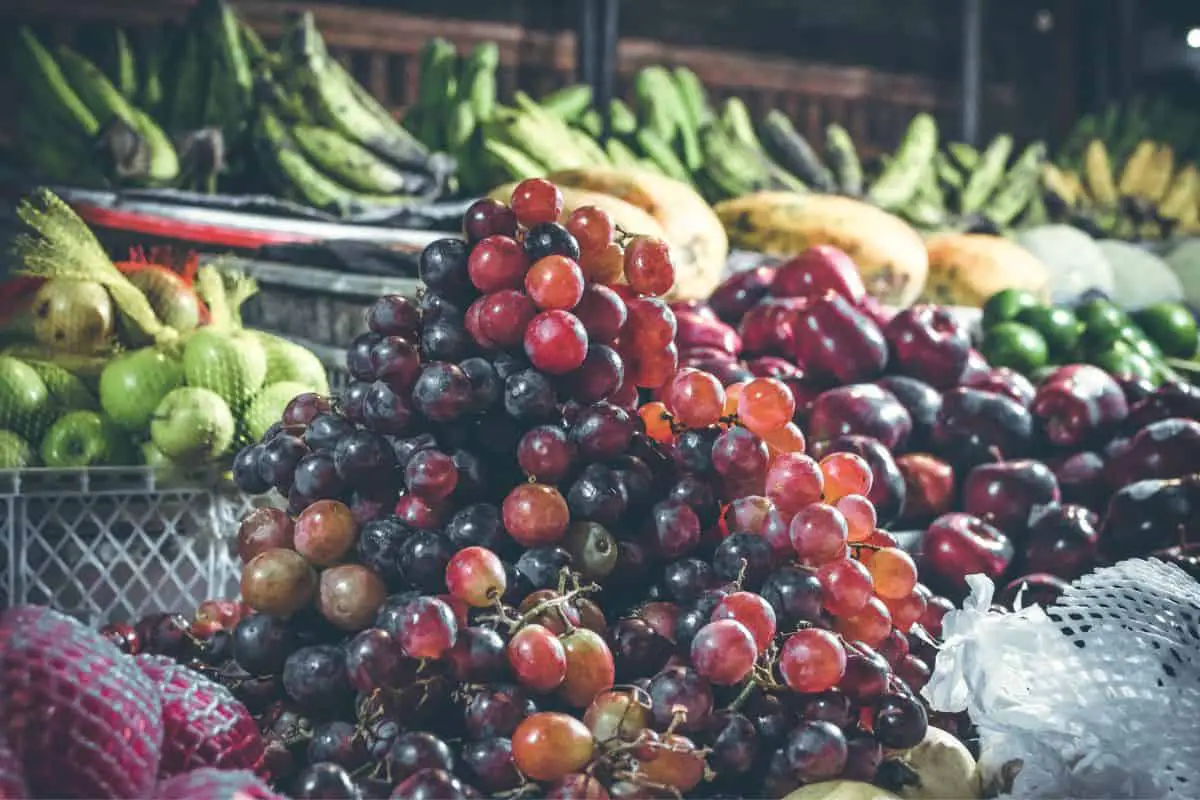
Weather Conditions Of The Vineyard
Being a largely subtropical fruit, the weather of a given area can have a massive effect on the quality and size of the grapes that are grown. Vineyards do not just need lots of bright sunlight, however.
Grapes also require ample rainfall to become as large as they need to be. A hot summer might seem like good news for a vineyard on paper, but without the rain to come with it, all they will get shriveled up unsuitable grapes.
Soil Quality
Whilst most grapes prefer well-nourished soils, some prefer specific conditions. Sauvignon Blanc grows well in good draining soil, for example.
Conclusion
Wine is a tricky drink to get right, and as we have shown, needs plenty of attention to get the right amount of grapes for just a single bottle. Now, you’ll understand that work just a little better.
- How to Learn Wine Tasting: Essentials for Beginners - March 10, 2024
- How to Learn to Like Wine: Cultivating an Appreciation for the Vintner’s Art - March 10, 2024
- Thanksgiving Sangria: A Flavorful Twist to Your Holiday Table - August 27, 2023

